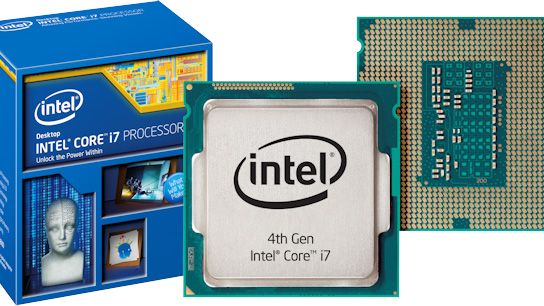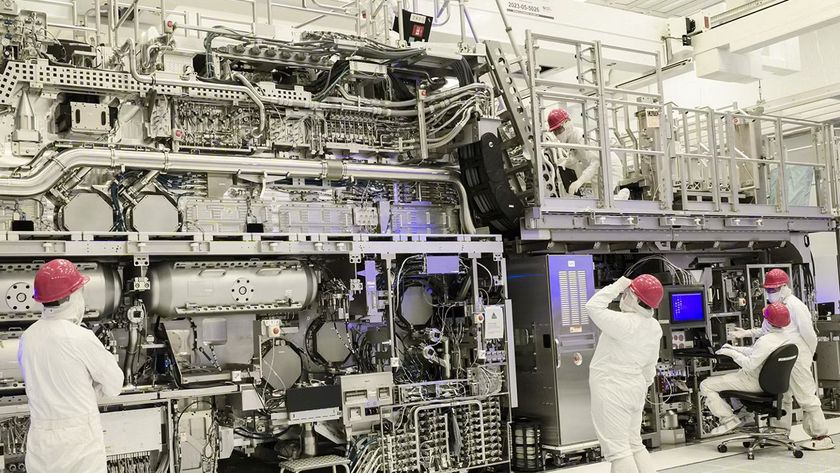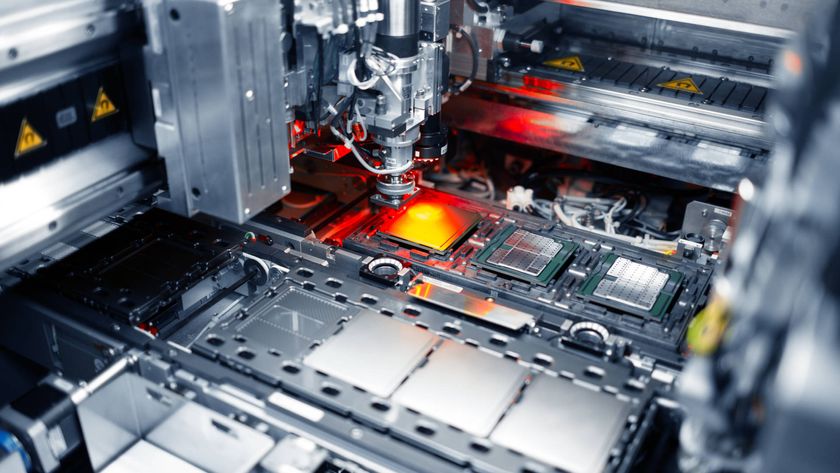A security flaw leads Intel to disable DirectX 12 on its 4th Gen CPUs
Though in fairness it may turn out to mean very little.

Intel has disabled DirectX 12 support on its 4th generation Haswell processors with onboard graphics due to a security vulnerability. The vulnerability may allow escalation of privilege, or in other words, allow an unauthorized user to perform unwanted actions.
It would seem to be a rather drastic action to disable DirectX 12 support completely, rather than issue an updated driver or patch, so it will be interesting to see if Intel makes further comment on the specifics of the vulnerability, or whether it has the potential to be exploited on other CPU generations.
Starting with driver 15.40.44.5107, the disabled CPUs are those with Iris Pro 5200, Iris 5100, HD 5000, 4600, 4400 and 4200 graphics, along with 4th Generation Pentium and Celeron models. Furthermore, according to Tom's Hardware, 4th Generation Ivy Bridge processors with the same Gen 7 GPU architecture are seemingly unaffected, at least for now.
Though most enthusiast gamers have moved on from Haswell processors, there are no doubt many 4000 series CPUs chugging along in desktops and particularly laptops worldwide. Users that do use the HD and Iris graphics of the time are not too likely to be running much DX12 content anyway so this may turn out be something of a nothing burger.

Black Friday 2021 deals: the place to go for the all the best early Black Friday bargains.
Still, it’s a bit of a black eye for Intel which has received some bad PR in recent years over security issues, notably the Spectre and Meltdown vulnerabilities.
In the meantime, Intel recommends that users downgrade the driver to version 15.40.42.5063 or older in order to run Direct X 12 content, and if Intel is willing to suggest that, maybe the problem isn’t all that serious at all.
The biggest gaming news, reviews and hardware deals
Keep up to date with the most important stories and the best deals, as picked by the PC Gamer team.

Chris' gaming experiences go back to the mid-nineties when he conned his parents into buying an 'educational PC' that was conveniently overpowered to play Doom and Tie Fighter. He developed a love of extreme overclocking that destroyed his savings despite the cheaper hardware on offer via his job at a PC store. To afford more LN2 he began moonlighting as a reviewer for VR-Zone before jumping the fence to work for MSI Australia. Since then, he's gone back to journalism, enthusiastically reviewing the latest and greatest components for PC & Tech Authority, PC Powerplay and currently Australian Personal Computer magazine and PC Gamer. Chris still puts far too many hours into Borderlands 3, always striving to become a more efficient killer.
Most Popular










